- Size
- Smallest
- Small
- Small to Medium
- Medium
- Large
- Giant
- Characteristics
- Smartest
- Hypoallergenic
- Fluffy
- Best Guard
- Best Family
- Best for Kids
- Low Shedding
- Healthiest
- Police Dogs
- Most Calm
- Quietest
- Color
- White
- Black
- Grey
- Brown
- Blue
- Red
- Coat
- Hairless
- Short
- Long
- Origin
- Japan
- China
- Australia
- Germany
- Italy
- United States
- France
- Group
- Hound
- Terrier
- Herding
- Toy
- Working
- Sporting
6 Signs of Aggressive Behavior in Dogs
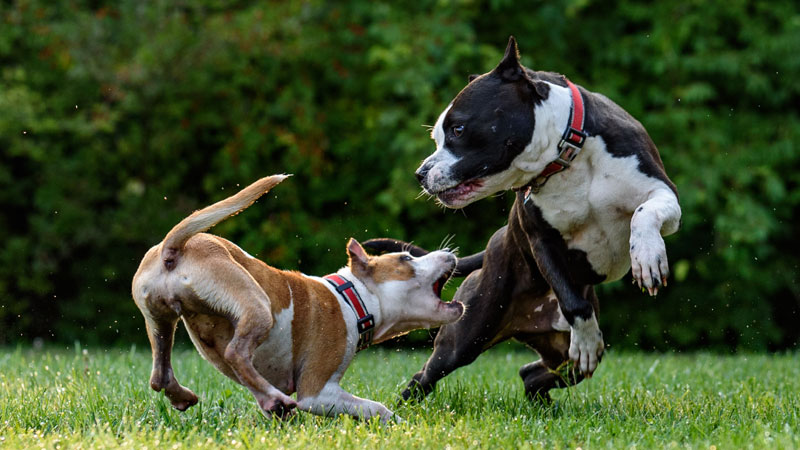
Photo by David Taffet on Unsplash
Dogs, often referred to as man's best friend, communicate with us through various forms, including body language. While most dogs are friendly and approachable, some may exhibit aggressive behavior, signaling a potential threat. Understanding an aggressive dog's body language is crucial for both dog owners and individuals encountering unfamiliar dogs. In this article, we will delve into the subtle cues that dogs display when feeling threatened or agitated.
1. Raised Hackles
One of the most recognizable signs of aggression in a dog is raised hackles. The hackles refer to the hair along the dog's back and neck, which stands erect when the dog is aroused or feels threatened. This is a clear indicator that the dog is in an agitated state and may act defensively. It's essential to be cautious when approaching a dog with raised hackles, as it could be a precursor to aggressive behavior.
Related: The 10 Dog Breeds with Prominent Hackles
2. Bared Teeth and Growling
A dog baring its teeth accompanied by a low growl is an overt sign of aggression. This is a warning signal that the dog feels threatened and is prepared to defend itself. The bared teeth and growling combination is an instinctual way for dogs to communicate their discomfort or displeasure. It's crucial to give such a dog plenty of space and avoid any direct confrontation.
3. Stiff Body Language
An aggressive dog often displays stiff and rigid body language. This stiffness may be observed in the dog's stance, with its body held tense and its muscles visibly tightened. A dog exhibiting this type of body language is likely on high alert and may interpret any sudden movements as a potential threat. Recognizing stiffness in a dog's body language can help individuals gauge the situation and act accordingly.
4. Direct Eye Contact
Eye contact is a powerful form of communication among dogs, and it can be indicative of various emotions, including aggression. An aggressive dog may maintain intense, direct eye contact with a fixed stare. In the canine world, sustained eye contact can be perceived as a challenge or a threat. It's advisable to avoid prolonged eye contact with an aggressive dog and instead use peripheral vision to monitor their behavior.
Related: How To Train Your Dog To Eye Contact
5. Raised Tail and Erect Ears
A dog's tail and ears provide valuable insight into its emotional state. An aggressive dog may raise its tail high and position its ears forward or erect. This posture signifies alertness and readiness for action. While not all dogs with raised tails and ears are aggressive, it's important to consider these signals in conjunction with other body language cues to accurately assess the dog's demeanor.
Related: What Do The Different Dog Tail Positions Mean?
6. Lip Curling and Snarling
Lip curling and snarling are additional signs of aggression in dogs. When a dog exposes its teeth and curls its lips, it is a clear warning that it is prepared to defend itself if necessary. Snarling is often accompanied by a guttural sound, signaling the dog's discomfort and potential aggression. These vocal and facial expressions should be taken seriously, and individuals should exercise caution in such situations.
Conclusion
Recognizing the signs of aggression in dogs is crucial for the safety of both humans and animals. Growling, snarling, bared teeth, and lip curling are vocal and visual cues that clearly communicate a dog's aggression. Stiff body posture, intense eye contact, and lunging accompanied by barking all provide further evidence of aggressive behavior. Understanding and respecting these signals can help prevent dangerous situations from escalating.
It is important to remember that aggression in dogs can stem from fear, anxiety, or a need to protect resources. Seeking professional guidance from trainers or behaviorists can assist in addressing underlying causes and ensuring the well-being of both dogs and humans in potentially aggressive situations.
You May Also Like
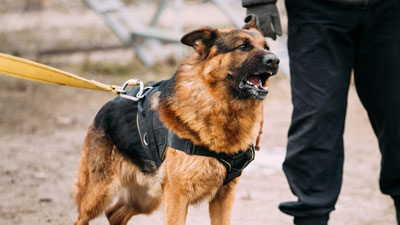 Dog BreedsThe 10 Dog Breeds with Prominent Hackles
Dog BreedsThe 10 Dog Breeds with Prominent Hackles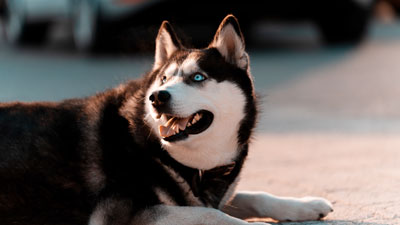 Dog BehaviorWhat Does It Mean When A Dog's Hackles Stand Up?
Dog BehaviorWhat Does It Mean When A Dog's Hackles Stand Up?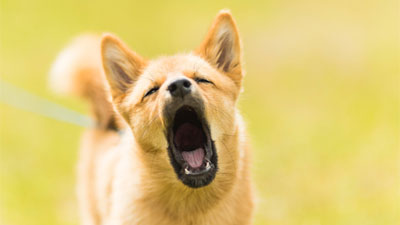 Dog BehaviorThe 6 Common Dog Sounds and Their Meanings
Dog BehaviorThe 6 Common Dog Sounds and Their Meanings Help & AdviceWhat Is The Hardest Dog Trick?
Help & AdviceWhat Is The Hardest Dog Trick?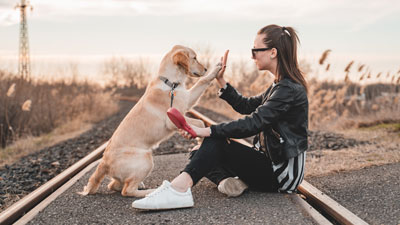 Dog Training TipsHere are the 7 Most Important Dog Commands
Dog Training TipsHere are the 7 Most Important Dog Commands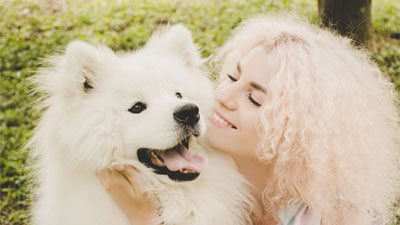 Dog Training Tips5 Easy Steps: How to Teach a Dog to Smile
Dog Training Tips5 Easy Steps: How to Teach a Dog to Smile